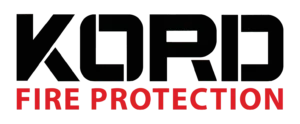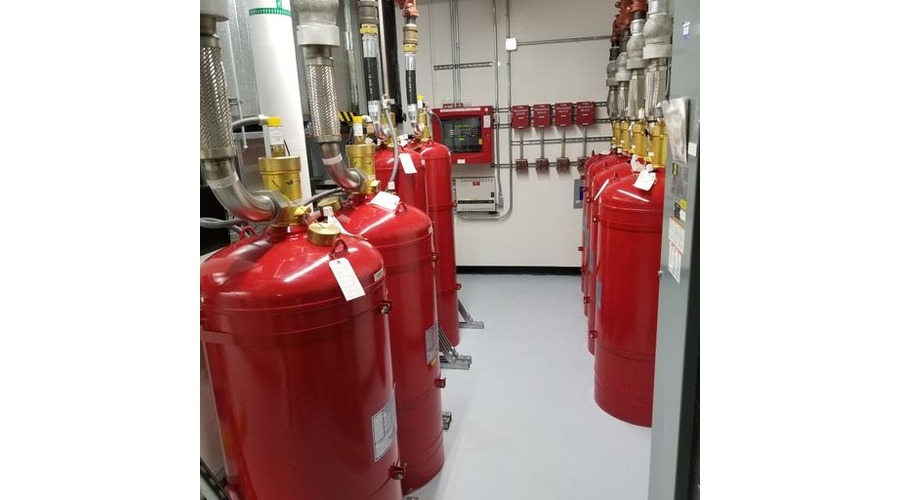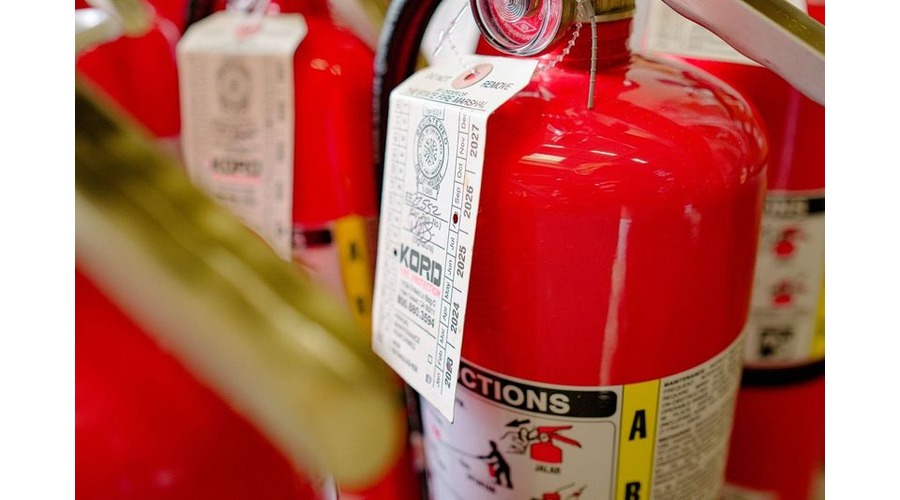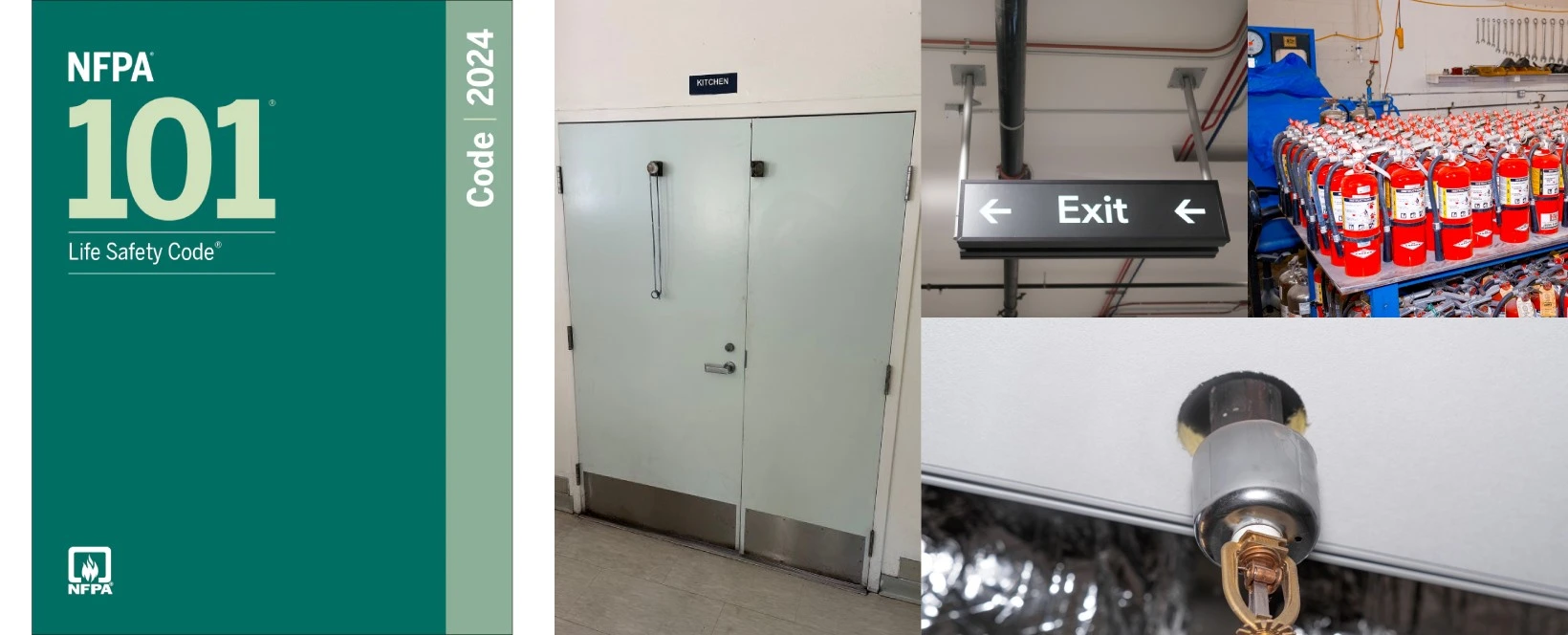

NFPA 101 Overview: Life Safety Code
For 2024
What Is NFPA 101?
NFPA 101 Overview: Life Safety Code For 2024; is a widely recognized standard published by the National Fire Protection Association (NFPA). It provides guidelines to minimize the damaging effects of fire, smoke, and toxic fumes. This standard states minimum requirements for maintaining, testing, and inspecting various fire protection systems, including fire alarms, sprinklers, and smoke control.
Additionally, the standard covers regulations for the installment of various systems, including fire alarms, sprinkler systems, and smoke control systems. NFPA 101 establishes standards for maintaining and installing systems, aiming to ensure a minimum level of life safety during emergencies by addressing construction and occupancy considerations. Its guidelines are crucial for safeguarding occupants and mitigating risks in diverse settings.
What Does NFPA 101 Cover?
NFPA 101, the Life Safety Code, addresses the installation, inspection, testing, and maintenance of various fire protection systems. These include smoke detection, carbon monoxide detection, automatic sprinklers, and standpipes.
Additionally, NFPA 101 covers various occupancy classifications, such as assembly, business, educational, healthcare, and residential. NFPA 101 addresses the installation, inspection, testing, and maintenance of numerous fire protection systems. These include smoke detection, carbon monoxide detection, automatic sprinkler, and standpipe systems, among others.
NFPA 101 also covers requirements for new building construction as well as special provisions for historic buildings. Emergency lighting, exit lighting, and building accessibility for individuals with disabilities are also covered.
The various topics covered in the NFPA 101 Life Safety Code include, but are not limited to:
- CO & Smoke Detection Systems (installation, inspection, testing, and maintenance)
- Automatic Sprinkler Systems (installation, inspection, testing, and maintenance)
- Standpipe Systems (installation, inspection, testing, and maintenance)
- Means of Evacuation
- Occupancy Classifications
- Emergency Lighting
- Building Construction (as it pertains to fire protection)
- Special Provisions for Historic Buildings
- Accessibility
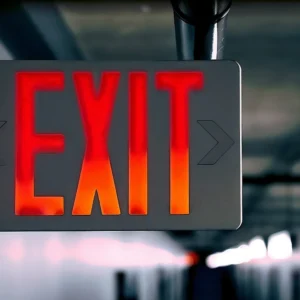

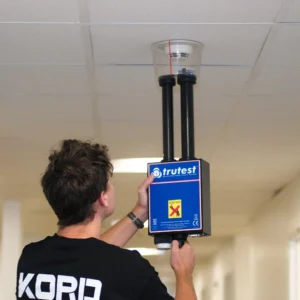

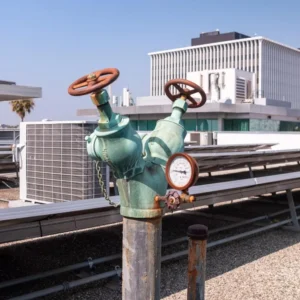

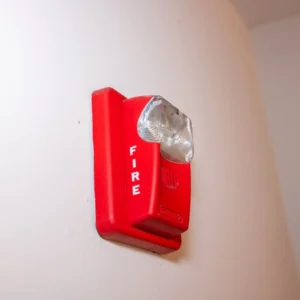

The vast amount of information NFPA 101 covers might seem intimidating. But it all exist to keep fire safety at the top of every building in the US. But fret not. Here at Kord and our team of experienced and highly trained technicians is available to walk you through every step and offer you custom and thorough fire protection that meets your needs and keeps you in compliance with the latest regulations.
Evolution and Updates in Fire Safety Standards
The National Fire Protection Association Life Safety Code (NFPA 101) undergoes regular updates to enhance fire safety and life protection measures. Each new edition, such as the transition from the 2018 to the 2021 version, integrates advancements in technology, lessons learned from incidents, and evolving regulatory requirements. These updates ensure the code remains current with best practices in fire prevention, emergency preparedness, means of egress, fire protection systems, and building construction standards. By continually refining guidelines and expanding coverage to include emerging challenges, NFPA 101 strives to safeguard occupants and mitigate risks in a wide range of occupancies and settings.
What Is The Owner’s Responsibility According To NFPA 101?
While qualified personnel should handle the installation, inspection, testing, and maintenance of the various fire protection systems listed by NFPA 101, as well as the emergency lighting and detection systems. It is ultimately the owner’s responsibility to ensure that their buildings are NFPA 101-compliant. For this reason, it is suggested that property owners keep detailed records of maintenance information, such as inspection dates and testing results.
There is quite a bit to know when it comes to being NFPA 101 compliant. That’s why it’s best to partner with a fire protection company with knowledgeable, certified professionals like ourselves to conduct your testing and maintain detailed records.
What’s New In The NFPA 101 2024 Edition?
The 2024 edition of NFPA 101 introduces updated requirements for emergency action plans, emphasizing improvements in safety protocols. It also mandates enhancements in two-way communication systems, exits, alcohol-based hand-rub solution dispensers, carbon monoxide detection systems, and mandatory automatic sprinkler systems specifically for parking structures. These updates reflect ongoing efforts to ensure comprehensive fire protection and life safety measures in various environments.
Related NFPA Standards in Building Fire Safety and Life Protection
Several other NFPA standards are related to National Fire Protection Association Life Safety Code. As they cover various aspects of fire protection and safety in buildings. Some key related NFPA standards include:
NFPA 1: Fire Code
Provides comprehensive requirements for fire prevention and fire protection systems in new and existing buildings.
NFPA 80: Fire Doors and Other Opening Protectives
Specifies requirements for the installation, inspection, testing, and maintenance of fire-rated doors and openings in buildings.
NFPA 13: Sprinkler Systems
Focuses specifically on the design, installation, and maintenance of automatic sprinkler systems.
NFPA 101A: Approaches to Life Safety
Provides guidance on alternative methods and approaches to meet life safety objectives beyond traditional compliance with NFPA 101.
NFPA 101B: Means of Egress
Focuses on means of egress design criteria and operational requirements to ensure safe evacuation during emergencies.
NFPA 72: Fire Alarm and Signaling Code
Covers fire alarm systems, detection systems, and emergency communication systems to ensure effective notification and response during emergencies.
NFPA 99: Health Care Facilities Code
Addresses fire protection and life safety requirements specific to healthcare facilities, including hospitals and nursing homes.
These standards work in conjunction with NFPA 101 to provide a comprehensive framework for ensuring fire safety and life protection in various occupancies and building types.
Coverage and Implementation
The National Fire Protection Association Life Safety Code encompasses various occupancies, spanning new and existing buildings, construction projects, and renovations. It sets forth standards aimed at preventing fire incidents, reducing hazards, and ensuring safe evacuation during emergencies. The code covers critical areas including means of egress, fire protection systems, interior finishes, electrical safety, and emergency preparedness.
NFPA 101 Life Safety Code FAQs
The NFPA 101 Overview: Life Safety Code for 2024 is pivotal in safeguarding lives and property by promptly addressing fire hazards and ensuring efficient extinguishment before they escalate into major threats. Should you require upgrades or maintenance for your existing system, feel free to reach out to us without delay!
